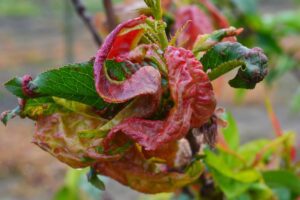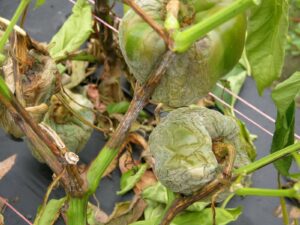Edamame, which are immature soybean pods, have become popular for their high nutritional values and delicious taste. Growing edamame at home not only allows you to enjoy a healthy snack, but is also ideal for those who want to experiment with alternative crops in urban or home gardens. In this guide, you will discover the benefits of this crop, how to plant and care for it properly, and why choosing quality seeds is essential to obtain the best results.
Benefits of edamame
Edamame is known for its multiple health benefits:
- High protein content: It is an excellent source of vegetable protein, ideal for vegetarian and vegan diets.
- Rich in fiber: Helps to improve digestion and provides satiety.
- Vitamins and minerals: Contains B complex vitamins, vitamin K, and minerals such as iron and calcium.
- Antioxidants: Its components help fight oxidative stress.
How to grow edamame
1. Seedbed and substrate preparation
Successful cultivation starts with a good substrate. Use a light, well-drained mix enriched with worm castings and a small dose of seaweed compost to enhance growth. These amendments ensure that seedlings thrive in a nutrient-rich environment.

2. Sowing
- Direct or in seedbeds: You can sow edamame directly in the soil if the weather permits, or start germination in seedbeds.
- Ideal temperature: Maintain a temperature between 20-25 °C to favor germination.
- Depth and spacing: Sow seeds at a depth of 2-3 cm, leaving a space of 10-15 cm between each plant for good development.
Transplantation and care
When the seedlings reach 4 to 6 leaves, transplant them to the vegetable garden, respecting the planting frame. Be sure to water regularly, keeping the substrate moist but not waterlogged. Exposure to full sun is crucial for optimal edamame growth.

4. Maintenance and pest control
Edamame is relatively hardy, but it is recommended to monitor for pests and diseases. Use ecological solutions, such as neem oil, to prevent problems and keep plants healthy. In addition, periodic weeding should be considered, as it helps to avoid competition for nutrients.
5. Harvest
Harvesting is done when the pods reach a bright green color and are still tender. It is recommended to harvest the pods carefully so as not to damage the plants, as overripening can affect the texture and flavor of the edamame.

Growing edamame at home is a profitable and healthy practice that not only allows you to enjoy a nutritious food, but also brings diversity to your garden. With a good substrate, proper care and the choice of quality seeds -preferably biodynamic and open pollinated- you will obtain vigorous plants and an abundant harvest. Dare to incorporate this crop in your garden and enjoy its many benefits!
Information note: bulk fertilizers and seeds for professionals and small farmers
If you are an agricultural professional or a small farmer interested in fertilizers and bulk seeds for your crops, please contact us at info@cultivers.es. We will be happy to advise you and offer you customized solutions.


